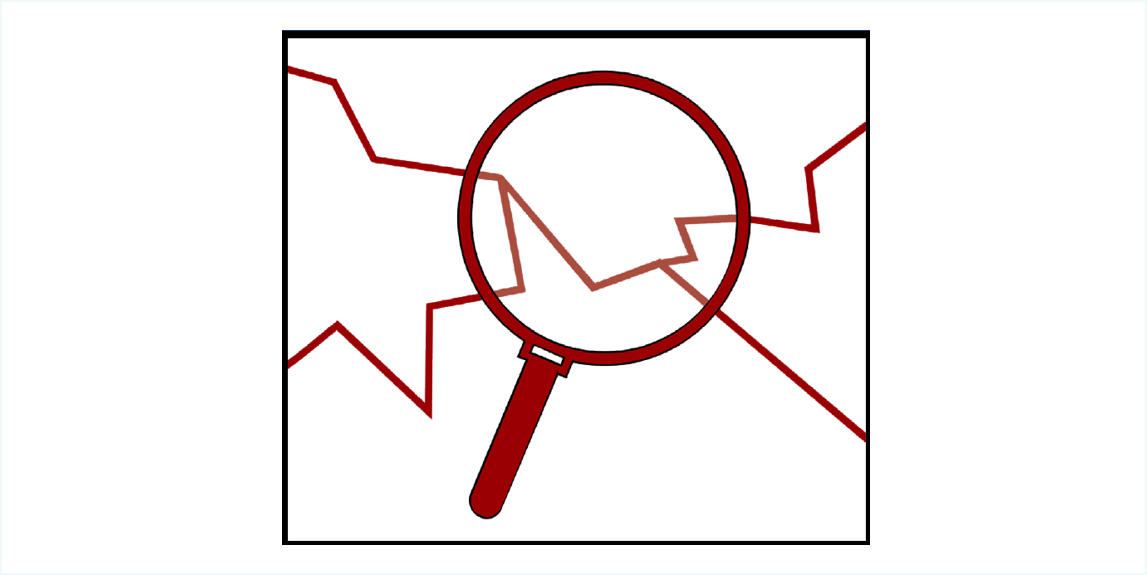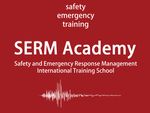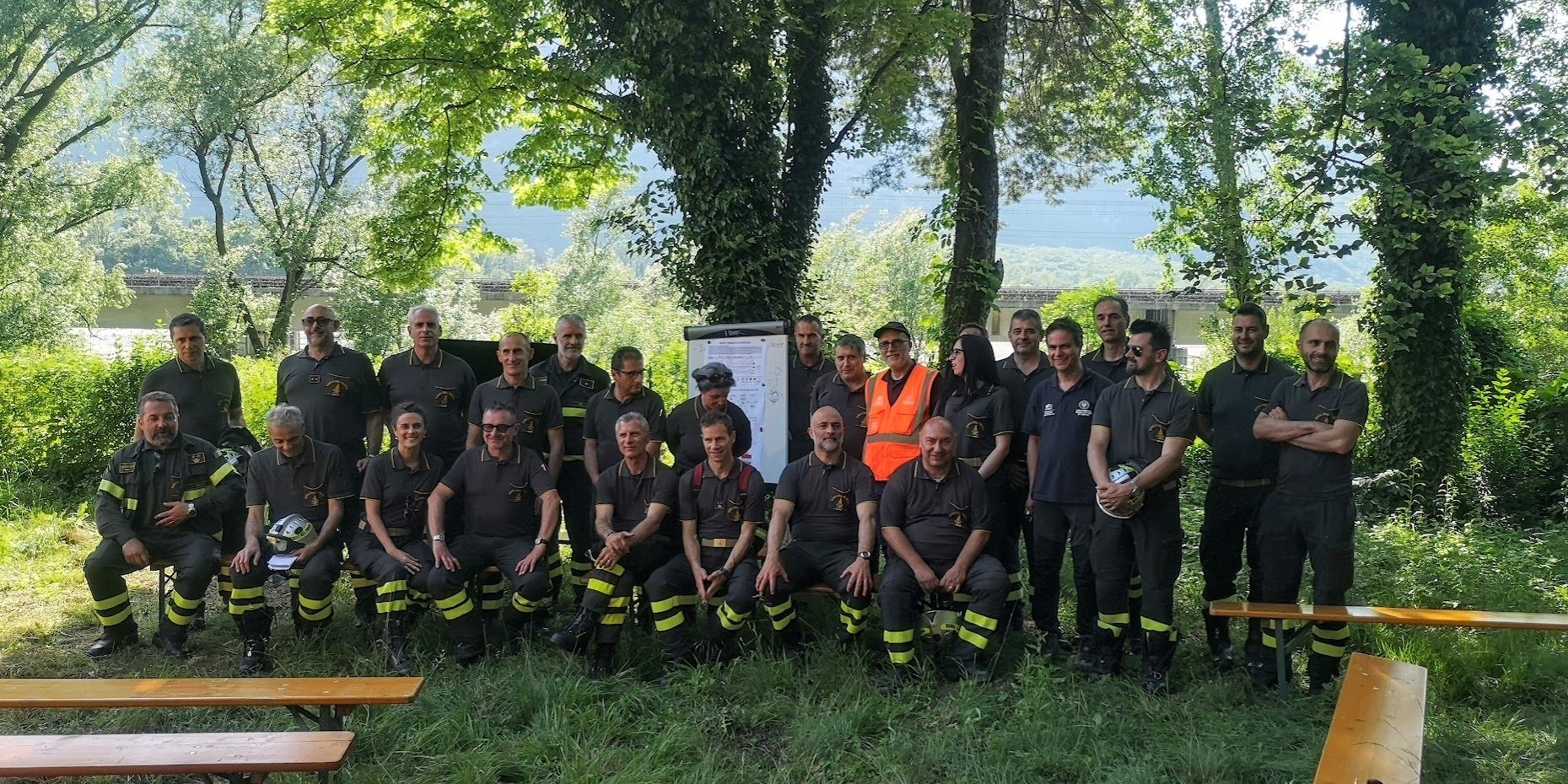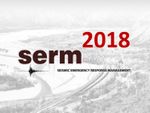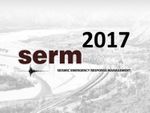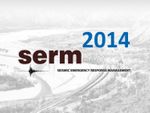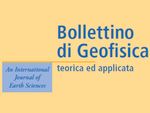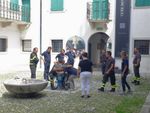"Evaluate and classify rapidly, to effectively manage a plurality of critical situations".
This is the operational need that inspired the SPRINT-Lab researchers of the University of Udine in identifying and formulating a solution to the problem, by borrowing the concept of triage from the medical sector and applying it to the technical sector. This led to the development of the "technical triage handbook" aimed at describing a structured analysis of buildings, for application in large-scale emergency scenarios. For this reason, the handbook was conceived and structured as a support in the training of firefighter technicians called to carry out rapid assessments of structural criticalities. The handbook includes a general part and three appendices. In the general part, the concept of technical triage is introduced and the evaluation process is illustrated. The different intervention scenarios in which this evaluation process can be used are also described (single-localized, territorial, international scenario) highlighting the different application purposes.
The technical triage was proposed and developed by the SPRINT-Lab research team of the University of Udine as a support tool for the rapid damage assessment activities of the National Fire Brigade, and for supporting the emergency planning of safety countermeasure interventions. The Tecnical Triage was applied during the 2012 seismic emergency in Emilia (Italy). It was subsequently refined and tested in exercise scenarios and widely used in real emergency contexts both national and international.

